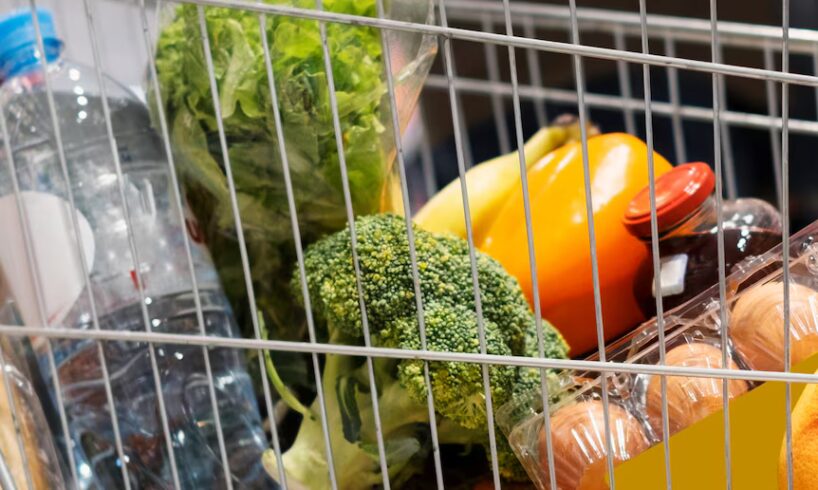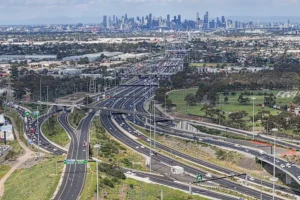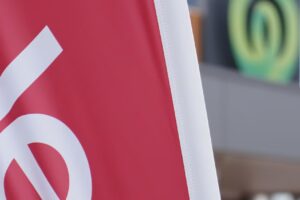
Inflation has surged in the September quarter with consumer prices rising at an annual pace of 3.2 per cent, up from 2.1 per cent in the June quarter.
That level of inflation came in much hotter than economists were expecting, squashing hopes of a rate cut next week.
“With inflation vastly overshooting the RBA’s forecasts the bank won’t cut interest rates at its November meeting, and the chances that it won’t loosen policy any further are rising,” said Marcel Thieliant, head of Asia Pacific at Capital Economics.
Headline inflation rose by 1.3 per cent in the quarter, which was the highest quarterly rise since March 2023.
Michelle Marquardt, ABS head of prices statistics, said the largest contributor to the quarterly movement in prices was electricity costs, which rose by 9 per cent.
Annual electricity price reviews came into effect from July 2025 and increased electricity across all capital cities.
That contributed to electricity prices rising by 23.6 per cent over the year to September, as rebates in Queensland, Western Australia, and Tasmania wore off.
The “trimmed mean” measure of inflation, which is the Reserve Bank’s preferred measure of underlying inflation, also rose in September, from 2.7 per cent to 3 per cent.
The RBA had forecast that headline inflation would rise quite sharply at this point in the cycle, with various government electricity rebates wearing off.
But it was not forecasting underlying inflation to rise from 2.7 to 3 per cent. It was forecasting underlying inflation to be 2.6 per cent by the end of December.
Follow live updates on the share market and currency reaction to the inflation figures plus the day’s business news and analysis at the ABC markets blog.
Ben Udy, lead economist for Oxford Economics Australia, said the sharp rise in inflation had delivered “the knockout blow” to any remaining hope of a November rate cut.
However, he said he did not think it was anything to panic about.
He said inflationary pressures would still subside over the next 12 months and the RBA would likely still cut rates next year.
“The strength in today’s inflation data is largely temporary,” Mr Udy said.
“As the impact of the unwind in electricity rebates fades, wage growth continues to cool, and global trade disruption increases the flow of cheaper imports into Australia, we expect inflation to ease meaningfully over the year ahead.
“At the same time we expect the deterioration in the labour market to persist, forcing the bank to cut rates toward neutral.
“We’ve pencilled in two rate cuts in the first half of 2026.”
No need for ‘knee jerk’ rate hike
BDO chief economist Anders Magnusson agreed there was “no need to panic”.
Financial risks ‘rising’ warns RBA
He said the jump in CPI was largely due to fiscal policy on the energy supply side of the economy, not due to an overheated demand side, so there was “no need for a knee jerk cash rate increase”.
“Rather, this release reinforces that the current restrictive monetary policy setting is appropriate,” he said.
“The RBA will likely hold the cash rate steady at the current restrictive setting in November to keep downward pressure on inflation.
“Looking ahead, there is only room for one or two cuts before the policy setting returns to neutral.
“The RBA is likely to hold onto these until the economy shows it really needs them — which is unlikely to be this year.”
No fears for unemployment numbers
A number of economists said the RBA was not particularly worried about a recent jump in the unemployment rate because RBA governor Michele Bullock still seemed to think the labour market was a little “tight”.
But they said if the unemployment rate worsened significantly from here it would make things harder for the RBA.
“The Reserve Bank may very well continue the rate-cutting cycle next year, but the board will want to ensure that inflation is moving back to the midpoint of the target band,” said EY chief economist Cherelle Murphy.
“It will also need to monitor conditions in the labour market.
“The slightly softer than expected September read for the labour force is not being viewed by the Reserve Bank as a reason to cut rates, so the inflation and labour indicators are consistent with a cautious approach at the moment.”
Ms Murphy said the Reserve Bank did not, at this stage, expect the labour market to soften much further.
“But if there were to be a rise in the unemployment rate, the monetary policy meeting decision would be much more complicated,” she said.





